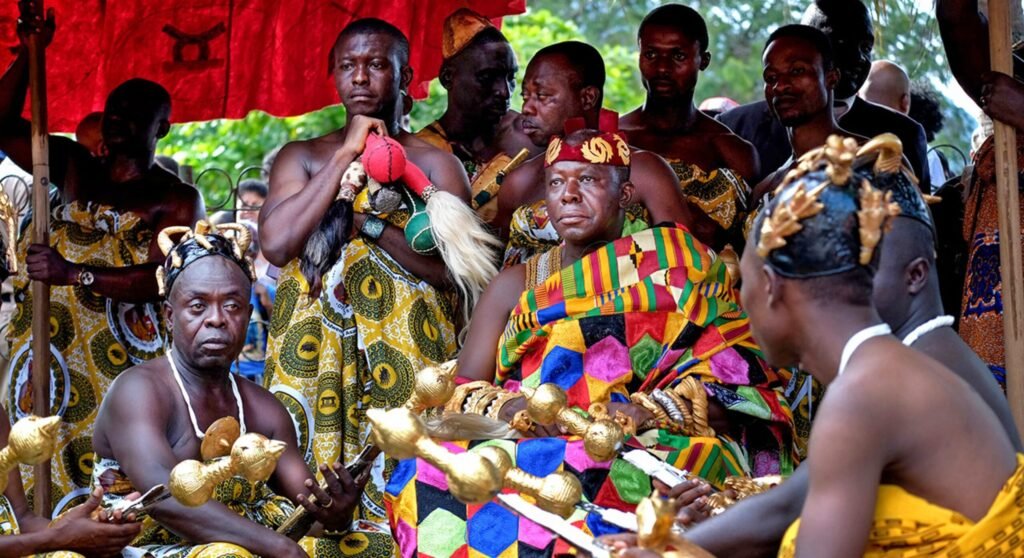The Ashanti culture is one of the most famous and ancient cultures in Africa, originating from the Ashanti Kingdom in what is now modern-day Ghana.
The Ashanti Kingdom was established in the 17th century and was one of the largest and most powerful empires in West Africa until its eventual colonization by the British in 1896.
Despite the influence of colonialism and modernization, the Ashanti culture has managed to maintain much of its unique and rich heritage.

One of the most distinctive aspects of Ashanti culture is the use of Adinkra symbols. Adinkra symbols are used in textiles, ceramics, jewelry, and other forms of art and are thought to have originated in the Ashanti Kingdom.
They are used to communicate traditional African wisdom and religious beliefs. The symbols are comprised of intricate designs and patterns that are meant to convey specific messages, such as hope, wisdom, strength, and love.
Adinkra symbols are still commonly used in Ashanti culture today and are a symbol of pride and cultural heritage.
Another important aspect of Ashanti culture is the traditional use of the kente cloth. The kente cloth is a brightly colored, hand-woven fabric that is made from silk or cotton. It is used for traditional ceremonies and special events and is considered a symbol of status and wealth.
The cloth is often adorned with intricate designs, including Adinkra symbols, and is often made in a specific pattern that is specific to the Ashanti Kingdom. The kente cloth is considered to be one of the most iconic and recognizable symbols of African culture.
In addition to the use of Adinkra symbols and the kente cloth, Ashanti culture is also known for its rich musical traditions. Ashanti music is characterized by the use of drums, percussion instruments, and vocal harmonies.
Traditional Ashanti music is often used in religious ceremonies and other special events and is considered to be an important part of the Ashanti cultural heritage. Many modern-day musicians have taken inspiration from Ashanti music and have created their own interpretations of it, incorporating traditional elements with contemporary sounds and styles.
One of the most important aspects of Ashanti culture is the importance placed on community and family. In Ashanti culture, the family is considered to be the most important aspect of life and is seen as the cornerstone of society.
The Ashanti people place a strong emphasis on the importance of unity, respect, and cooperation, and are known for their strong sense of community and hospitality. This is reflected in their traditional ceremonies, which often involve large gatherings of friends and family and are seen as an opportunity to celebrate and strengthen community bonds.
In conclusion, the Ashanti culture is a rich and vibrant culture that has a long history and a deep connection to the land and people of West Africa. Despite the influence of colonialism and modernization, the Ashanti culture has managed to maintain much of its unique heritage and traditions.
Whether it be through the use of Adinkra symbols, the kente cloth, or their music and dance, the Ashanti people continue to celebrate and preserve their cultural heritage, and it is an important part of the rich cultural tapestry of Africa.

